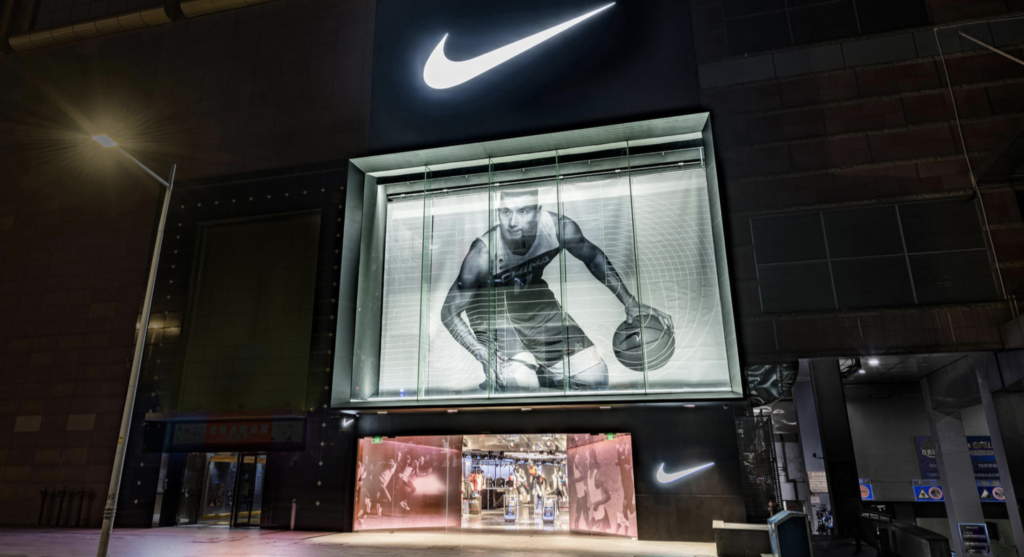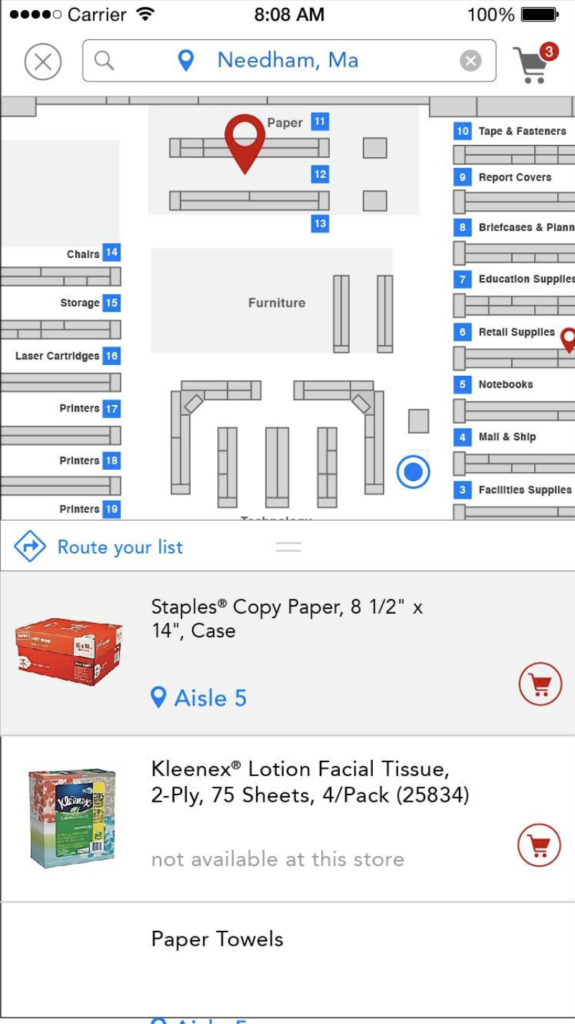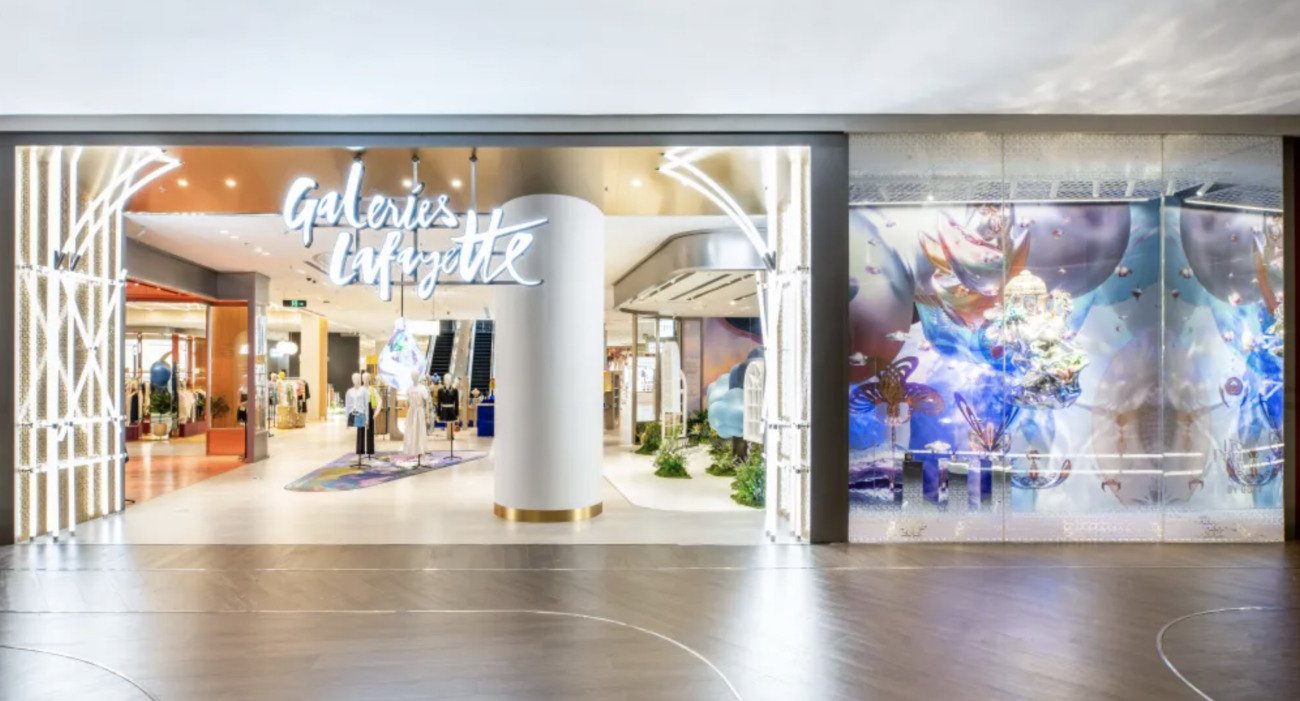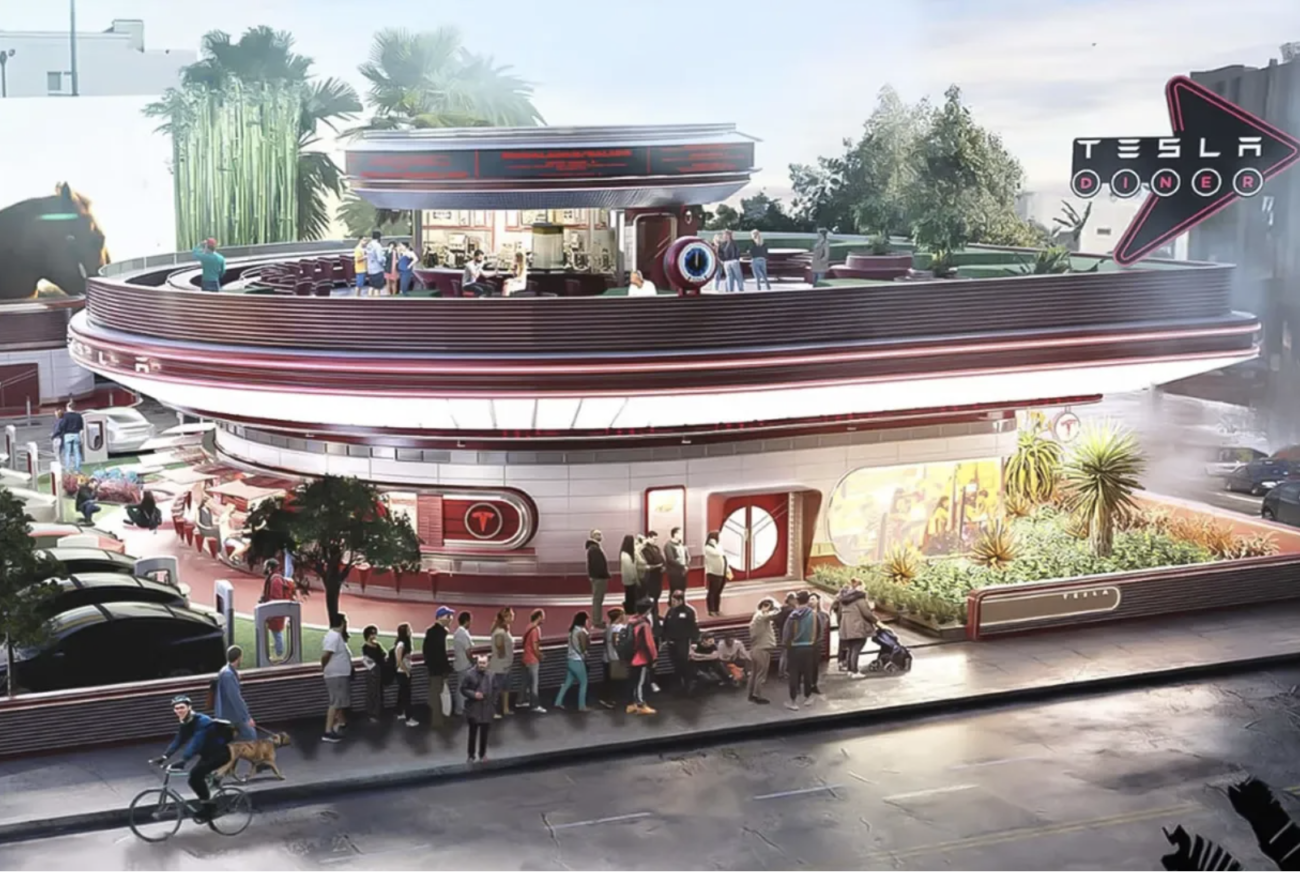4 Best Practice Uses of Digital in Retail
What are the digital shopping experiences driving the future of the store? For a mobile-first 2020 and long beyond, here are strategies that top retailers are betting on for next-gen brick and mortar. Although not

What are the digital shopping experiences driving the future of the store? For a mobile-first 2020 and long beyond, here are strategies that top retailers are betting on for next-gen brick and mortar. Although not new, it’s a good reminder of good practice.
Digitally enabled shopping experiences are evolving
2020 has witnessed a skyrocketing acceleration of mobile and other digital-first shopping experiences. However, many of the trends and tech involved took hold before social distancing times—and will likely remain relevant long after. As customers look to limit their time and level of contact inside stores, tech that supports these digitally enabled shopping trips has become even more sought after, with 72% of consumers rating tech that reduces checkout time as most valuable, and 61% rating tech that reduces time spent navigating the store as most valuable.
In response, retail stores are continuing to elevate their digital strategy. Here’s how brick-and-mortar shops in various industries are leveraging technology to create not only safer shopping environments, but also more useful, immersive and connected experiences that meet heightened expectations for personalised journeys in 2020 and far beyond.
Interactive Showroom — Mobile has become the preferred method for navigating daily life and increasingly, consumers want to be able to engage with their surroundings in a convenient and contactless manner. To meet these expectations, retailers are ‘programming’ their physical showrooms to interact with the image recognition and scanning technologies available on mobile devices and apps to deliver relevant content and experiences as well as provide easy access to in-store services like bookings and payments. Nike Rise is pioneering this mobile-activated showroom concept with its concept store in Guangzhou, China. There, Nike Pulse app members can interact with products through their phone, scanning to both virtually learn and try items, receive perfect fit recs and peruse merchandise curated in accordance with local purchasing data.
Directed Navigation — Customers are harnessing the power of mobile apps to navigate retail footprints and locate the products they need. By creating “in-store” modes on their mobile platforms, retailers can provide the necessary in-context information to guide customers quickly and safely during their visit. Office supply retailer Staples is doing so with an interactive store map tool that lets customers locate specific items, then route their shopping trip—all before setting foot on the premises. A cloud-based mobile platform enables the mapping and routing capabilities, while also providing real-time inventory updates.
Immersive Visualization — For larger-ticket purchases, customers are still hesitant to shop online if they cannot visualize the product in the context of their homes or day-to-day lives. As a response, brands are leveraging technologies such as VR and AR to help customers see products in their home environments and swipe through different options to match their at-home decor and needs. IKEA’s AR-enabled mobile app, for instance, helps customers plan out how their potential purchases will look in their house using a visual overlay. And when it comes to shopping in the store, app users can scan products to view a wider range of similar items than what may be on display, reports Reuters.
Augmented Demoing — Not all experiences have to be mobile-first, however. While in-store browsing creates an opportunity to see, touch and try products, shoppers can’t necessarily see how they fit and perform in multiple scenarios and settings. To overcome this, retailers are integrating digital media—video, interactive displays and experiential tech like VR—into the product experience. This multimedia sales approach can help bridge both the experience and confidence gaps while making innovation and excitement a core aspect of the shopping experience. Canada Goose has taken this immersive educational approach in its Toronto concept called “The Journey.” The inventory-free location is anchored around a series of experiential rooms where visitors can not only learn the story behind the brand’s iconic parkas, but also put them to the test in a “Cold Room” complete with wind and snow. Customers can digitally purchase items from an on-the-floor associate and have them shipped to home, which keeps the focus on storytelling and immersion as opposed to transactions.
Via PSFK
 English
English







